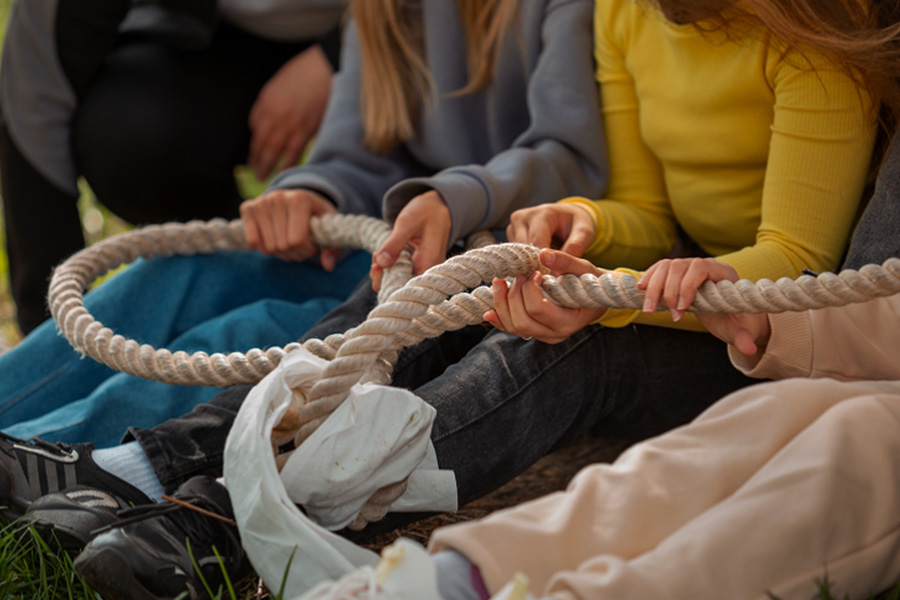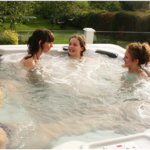
Building genuine teamwork goes beyond group chats and office lunches. Sometimes, you need to step outside (literally) and put your team through a series of obstacles suspended high above the ground. That’s where high-element activities come in. These physically and mentally challenging courses are designed not just to test balance or strength, but to expose how teams truly work under pressure.
Our recent experience with a high-element course in Singapore became a powerful exercise in team building. It gave us insight into how we communicate, support each other, and respond to unfamiliar challenges. Here’s how the session unfolded and how you can use similar high-element activities to strengthen your own team.
1. Start with a Clear, Shared Purpose
It’s tempting to jump straight into booking an outdoor session, but first, know why you’re doing it. We set a straightforward goal: improve interdepartmental communication and strengthen trust. This clarity helped shape the entire session, from course selection to post-activity reflections. If you’re planning a team-building outdoor activity, define your objective early. It ensures the outcome goes beyond just ticking a box.
2. Choose High Element Activities That Involve Teamwork
Some courses are designed for individual thrills, others for team reliance. We opted for the latter. Our course required spotting, guiding, and sometimes physically helping each other across rope elements, elevated logs and zip lines. For those exploring high-element Singapore options, prioritise setups that demand communication and coordination rather than just solo bravery.
3. Mix Up the Team Combinations
Sticking with familiar teammates might feel safe, but it limits growth. We shuffled team groupings to include staff from different functions. It was a slight discomfort at first but quickly became one of the session’s strengths. It encouraged real-time adaptation and brought fresh perspectives to problem-solving. Recreate this in your session by intentionally pairing people who rarely collaborate.
4. Assign Meaningful Roles Throughout the Activity
High-element activities aren’t just for the ones in the harness. We rotated roles between climbers, guides, and support crew. It kept energy levels up and gave everyone a role in the outcome. Assigning rotating responsibilities also allowed quieter voices to take the lead in unexpected ways. A successful outdoor activity should engage everyone equally whether they’re on the platform or encouraging from below.
5. Reflect Between Challenges, Not Just at the End
We paused between major course sections to share quick observations. What helped? What tripped us up? These micro-debriefs added value and helped translate lessons while they were still fresh. Rather than waiting for a post-activity wrap-up, introduce short, focused pauses during your own team-building outdoor activity. It helps embed the learning in the moment.
6. Build Up the Challenge Gradually
We didn’t leap into the scariest platform straight away. The course began with ground-level coordination tasks before rising in difficulty and height. That slow climb gave the group space to warm up physically and mentally. When arranging a high-element activity in Singapore, choose one that scales up at a steady pace. It keeps teams motivated and prevents burnout.
7. Focus on Support and Communication Over Speed
One of our biggest takeaways? The best outcomes came not from the fastest participants, but those who supported others effectively. Calling out clear directions, offering calming words, or stepping in with a steadying hand, made the biggest difference. Remind your team beforehand that success is measured by collaboration, not speed. High-element activities have much more to offer than a race to the finish.
8. Let Facilitators Track Team Behaviours
We requested that instructors observe quietly and provide feedback. Who naturally took charge? Who hesitated but stepped up? These observations shared later with our team, revealed dynamics we hadn’t noticed ourselves. When planning your own session, check if the provider can include a facilitated review. It adds a layer of depth that’s hard to replicate internally.
9. Connect the Activity Back to Daily Work
We closed our session with a group discussion on what each challenge reminded us of at work. Crossing a shaky plank while relying on verbal cues? It echoed high-stakes project handovers. Missteps caused by unclear instructions? All too familiar with email chains. This bridge between activity and application made the experience truly useful. Don’t skip this part, linking the learning to your team’s actual workflow is what transforms the fun into function.
10. Treat It as a Launchpad, Not a One-Off
The energy after a high-element session is real but it fades if left alone. We followed up with monthly team check-ins and introduced smaller group challenges to maintain the momentum. Think of high-element activities as a spark, not a solution in themselves. To get the full benefit, plan for what comes next.
Looking to build trust and resilience in your team? Contact Forest Adventure to plan a high-element activity in Singapore that brings your team together in a new and meaningful way. The climb may be high but the results reach even further.









